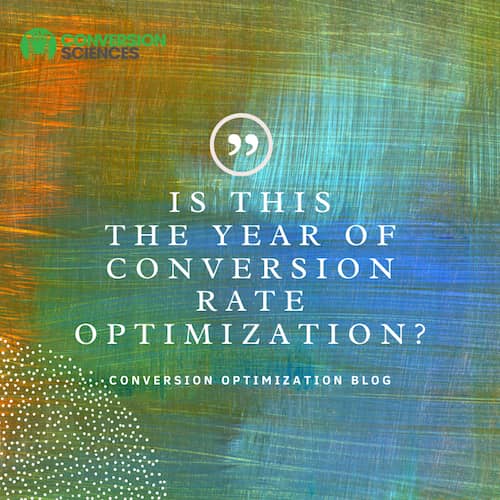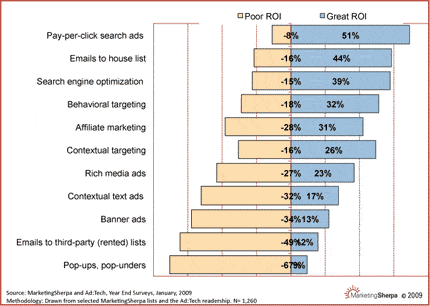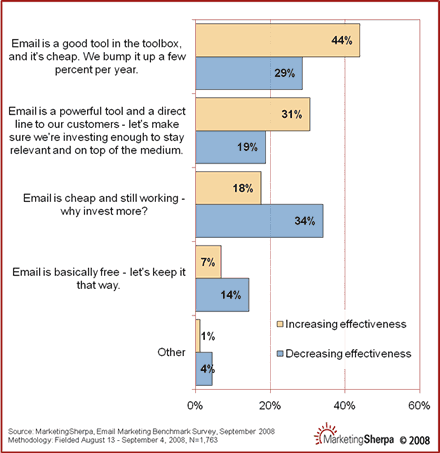Are you a Whack-a-mole Company? You should be.
Every industry has them. Your company may be one of them. They are the whack-a-mole companies, sticking their virtual neck out, and striving to do things better, driving online sales with an evolving ecommerce conversion marketing strategy.
And they often get whacked.
But the companies I’m talking about hunker down in their holes and plan their next chance to pop out again, with more force. It’s in their blood. The Internet is becoming the place they stage their emergence.
These whack-a-mole companies may sell products that range from the common to the mundane. Zappos was a whack-a-mole company. They started out in online sales of shoes. In ten years, Zappos outshone their competitors and sold an almost $1 billion business to Amazon.
The GoodLife Team is a whack-a-mole company in the very competitive real estate market. They are small by the standards of their peers, but like Zappos, I expect them to pop out of their hole with such force that they will leave the table altogether, flying free of the hammers that seek to drive them back.
Patience and Impatience: Ecommerce Conversion Marketing Strategy for Online Sales
Whack-a-mole companies are both patient, and remarkably impatient. They are remarkably impatient to try new things. They aren’t careless. Successful whack-a-moles seek to find out what works and what doesn’t quickly.
Yet, they are patient in the long run. They know that they’re going to get whacked a few times, and they prepare for the blows. Theirs is a journey of learning and persistence.
I am drawn to these kind of companies. It is them that I find myself writing for.
Ecommerce Whack-a-moles
If you are a budding whack-a-mole in your industry and want to turn the Web into a powerful sales channel, find out how the highest-converting sites on the Web use ecommerce marketing strategy to maximize conversion rates and online sales. “Conversion” is the magic that makes you stronger than your competitors.
The E-commerce Pattern: Core Conversion Marketing Strategies
Here are the three strategies that are conversion deal-breakers for e-commerce web sites. Get these strategies right, and you should be able to optimize your way to higher conversion rates. Get any of these wrong, and you will find yourself struggling to improve.
The third of the five “core” conversion marketing patterns is the e-commerce pattern. The two patterns I’ve already discussed are the Brochure site and the Portal site. As a refresher, the Brochure pattern is a known as the “sales support” pattern. The purpose is to provide information during the sales process and tell prospects how to get more information. The Portal pattern, also known as the “advertising model” and “subscription model,” monetizes content.
For this discussion, I assume a site is generating reasonably qualified traffic and that the offering has a demand in the marketplace.
The E-commerce pattern
Also known as “online shopping,” “eRetail” and “eTail,” e-commerce sites are designed to handle the online purchase of a product or service. For purposes of this discussion, you are building a site with the e-commerce pattern if:
- You accept payment on your website for a product or service
- The buyer consumes the product offline. The “site as a service” pattern is targeted at businesses that deliver their product directly through the site.
- You are selling more than one item, more than one version of an item, or more than one product line. A single item site should look at the Portal Pattern, or the up-coming “Considered Purchase” pattern.
My goal here is to explore three strategies that are conversion deal-breakers for e-commerce websites. Get these strategies right, and you should be able to optimize your way to higher conversion rates. Get any of these wrong, and you will find yourself struggling to improve.
Category pages
For sites that feature dozens or thousands of products, it is critical that visitors at all stages of the buying process find their way to specific items on your site. Category pages are the traffic cops, driving shoppers to the right product areas and eventually to the products they seek.
Are category pages more important than the home page? For visitors who are just becoming aware of your online brand, the home page serves as the top-level category page, or the “featured products” category page. A quick survey of the highest converting retail sites on the web reveal some interesting similarities in their category page and category page design.
- The home pages are filled with specific offers. The page is essentially designed like a circular you would find in your newspaper.
- Intuitive categories are displayed to help visitors dive deeper into the site.
- Some sites use a BAH (big ass header) that cycles through offers. Flash banners can sink your conversion rate unless you are using them to provide specific offers.
- Pricing is put front and center on product “ads.”
- Copy is included with the products that are displayed. Even if there is only space for a few words, some value proposition is put forward with each product. A product image and the price often isn’t enough.
- Search is present on every page.
Defining the right categories is critical. Most of the high-converting sites have between five and eight categories in their top-level navigation. Office Depot gets it down to four. More refined categories are listed in the left column; “specials,” “best sellers,” “brands,” etc.
For e-commerce sites that don’t have the brand strength of these large retailers, it is tempting to spend space talking about the company and its unique value proposition. Keep this brief. Avoid the temptation to add ancillary items to navigation, such as “about us.” Let your offers and categories do the talking for you.
In summary, specific offers, smart category choices and search are the hallmarks of strong category pages.
Product pages
Just as landing pages are crucial to increase the conversion rate of advertising efforts, well designed product pages are crucial for the e-commerce website. With best search engine optimization practices, product pages become the landing pages for searching shoppers.
Product pages typically ask the visitor to “add to cart” and “buy now.” These should be the most tested pages on your site.
The elements that make for a great product page differ from industry to industry, but there are some rules of thumb.
Show the product. There is a correlation between the conversion rate of a page and the number and quality of product images available.
Provide all of the information a visitor needs to say “yes.” Price, shipping, return policy, ratings and reviews; what you include on your product page depends on what you’re selling, and to whom.
Test to find the right balance of information. Providing too much information can distract buyers from clicking “buy now,” and even introduce reasons not to buy.
Product pages serve two masters: people who are already exploring your site and those who have landed there due to a search engine query. Test these pages to find your best converting product page design.
Shopping cart
E-commerce shopping carts have traditionally been a thorny issue with conversion scientists and web site optimizers. Too many businesses choose shopping cart software that is rigid and difficult to customize. Many of the most popular shopping carts on the market seem to have been designed by engineers, and they don’t consider that buyers may be on the brink of abandoning the transaction.
The purchase process is the needle point for your success. The wary shopper is always on the lookout for red flags, reasons to reconsider their purchase decision. Alarms are sounded by what is missing from your shopping cart pages.
The shopping cart is often used as an information resource. Prospects will add a product and then start the checkout process to uncover information that they didn’t find elsewhere on the site.
- What are my shipping options and what will it cost me?
- What will tax be?
- Are there any catches?
- Is the product in stock?
- Provide this information on your product pages to reduce these informational probes into your shopping cart and decrease your abandonment rates.
Flexibility is the key with shopping cart systems. They should be easy to customize, provide places for “reinforcing” copy, and be able to answer questions like those above. If your shopping cart can support A/B split testing, all the better.
The shopping cart is so important, that almost any business should consider replacing their system if they can’t easily and quickly change the sequence, layout, button location, button text, page copy, promotion codes, trust badges, etc. As with product pages, small changes in these elements can result in big increases in conversion rates.
As of this writing, I can’t recommend any shopping carts systems that meet these criteria. Please offer your recommendations in the comments.
There are a variety of tactics to be explored within each of these make-or-break strategies: category pages, product pages and the purchase process. There are other strategies that may be equally important, and I welcome your input through the comments. Building an email list is one such strategy that comes immediately to mind. It can be a powerful conversion tool for businesses whose customers purchase frequently. I’ll write more about this strategy in my next installment when we talk about the “considered purchase” pattern.
It gives you the force to fly free of your industry Whac-a-mole table by slashing your online sales costs.
Be free, my plastic mole friends!
Photo courtesy O Mighty Crisis Blog.
This article by Brian Massey was first published on Search Engine Land














